The ocean is home to an array of fascinating and unique creatures, each more extraordinary than the last. From the colorful coral reefs to the mysterious deep sea, these aquatic animals showcase the incredible diversity and beauty of marine life. Here are some of the most unique aquatic creatures you’ll find in the ocean.
Leafy Sea Dragon
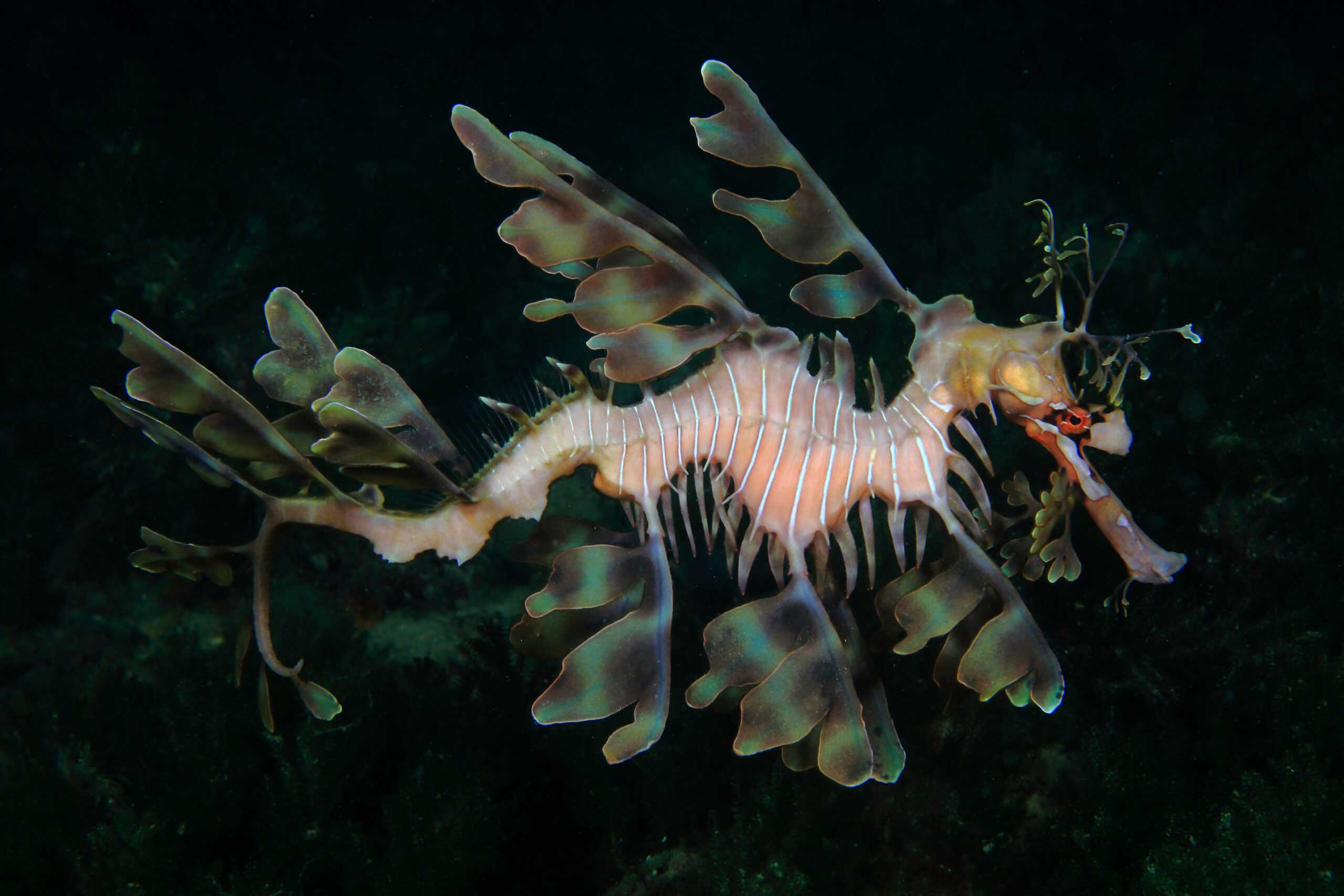
The Leafy Sea Dragon, a relative of the seahorse, is renowned for its incredible camouflage. Resembling a piece of floating seaweed, this creature is covered in leaf-like appendages that help it blend seamlessly into its environment. It inhabits the coastal waters of southern and western Australia. This sea dragon moves slowly, relying on its appearance to avoid predators. Unlike other marine creatures, it doesn’t have a tail for propulsion. Instead, it uses small, transparent fins for movement.
Dumbo Octopus
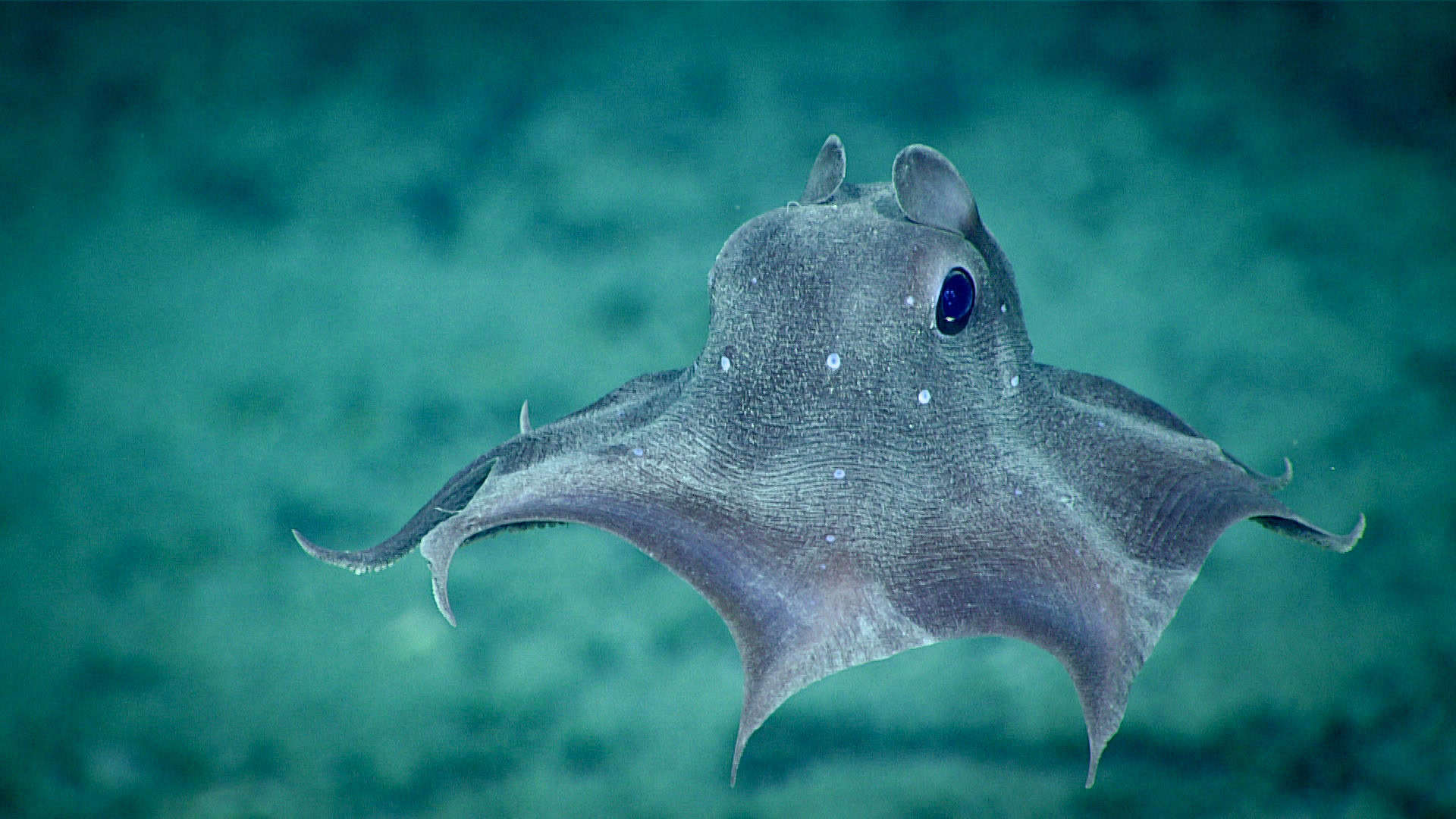
Named after the Disney character Dumbo, the Dumbo Octopus has ear-like fins that extend from the sides of its head. These deep-sea dwellers inhabit depths of up to 13,000 feet, making them one of the deepest living octopuses. Their habitat includes the cold, dark waters of the world’s oceans, where they thrive in extreme conditions. Their unique fins allow them to swim gracefully through the water, earning them their whimsical name. They come in various colors, often exhibiting a translucent appearance. These octopuses have a unique way of moving by flapping their ear-like fins while using their arms to steer.
Axolotl
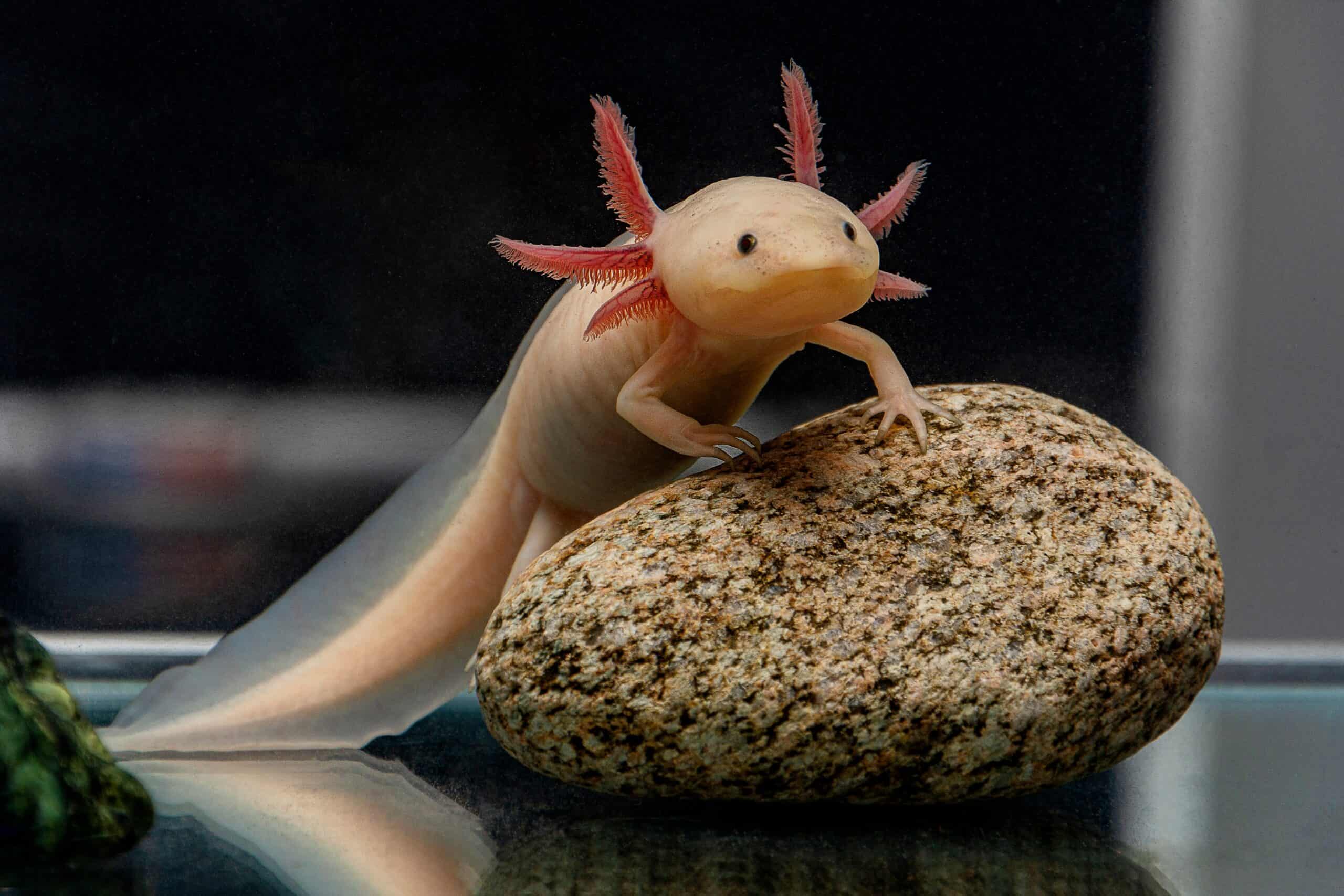
The Axolotl, a type of salamander, is known for its ability to regenerate limbs. Unlike most amphibians, it retains its larval features throughout its life. This creature is native to the lakes underlying Mexico City, specifically Lake Xochimilco and Lake Chalco. Its pink, frilled gills and perpetually youthful appearance make it easily recognizable. The Axolotl’s extraordinary regenerative capabilities have made it a subject of extensive scientific study, offering insights into potential medical advancements.
Psychedelic Frogfish
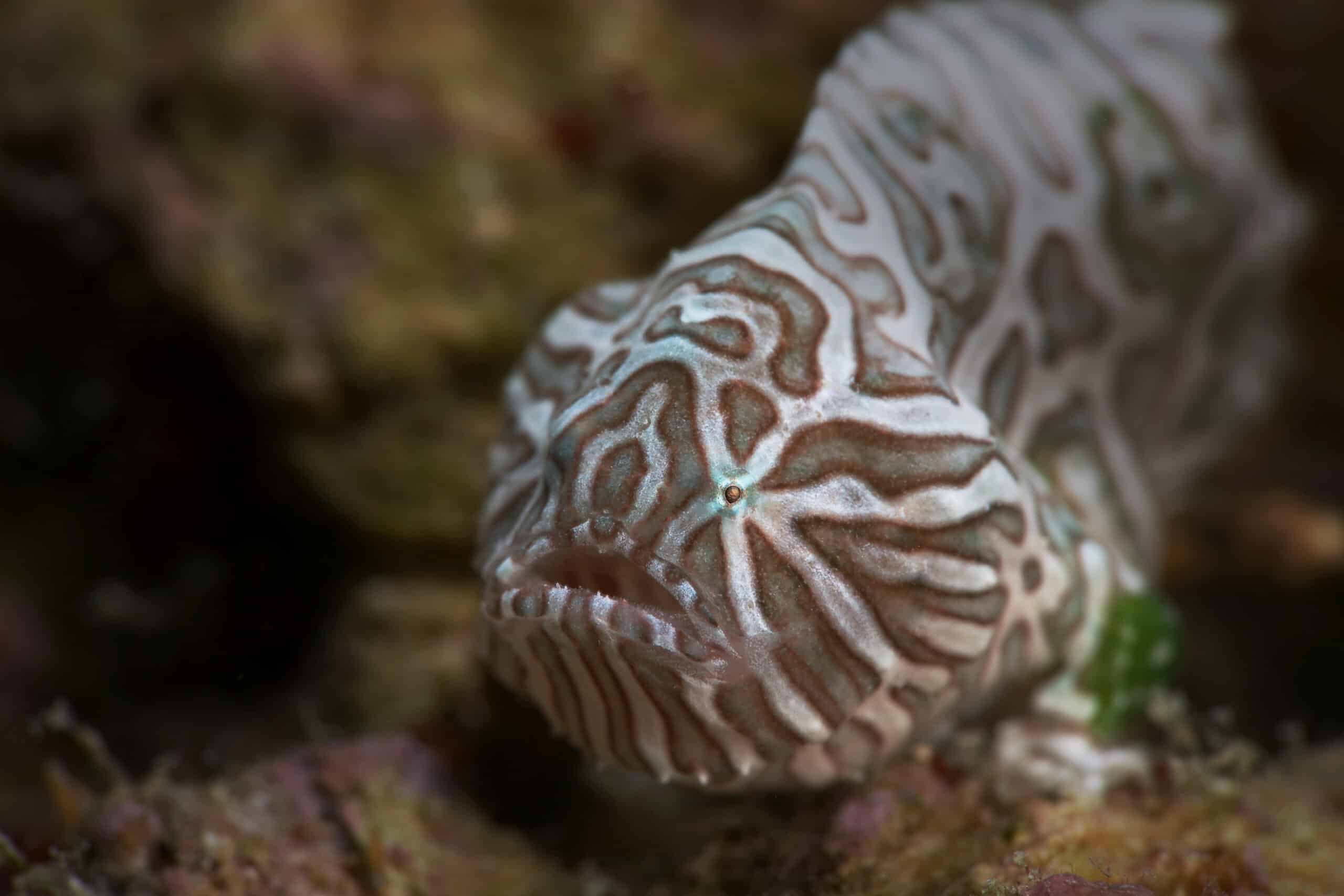
The Psychedelic Frogfish is easily identified by its vibrant, swirling coloration. Found in the waters around Ambon Island in Indonesia, its unique appearance helps it blend into the colorful coral reefs. This species is part of the frogfish family, known for their incredible ability to blend into their surroundings. This frogfish has a flattened face and a distinct pattern of stripes and spots that give it a psychedelic look. Its ability to change color and texture to mimic its surroundings makes it a master of disguise. Anglerfish “walk” on the seafloor with specialized fins and use an extendable lure to hunt prey.
Mimic Octopus

The Mimic Octopus has an extraordinary ability to imitate other sea creatures. Found in the shallow waters of the Indo-Pacific, it can change its shape, color, and behavior to resemble animals like lionfish, flatfish, and sea snakes. This remarkable mimicry helps it evade predators and sneak up on prey. This octopus uses its mimicry to evade predators and sneak up on prey. Its remarkable versatility and intelligence make it one of the most unique and studied cephalopods in the ocean.
Christmas Tree Worm
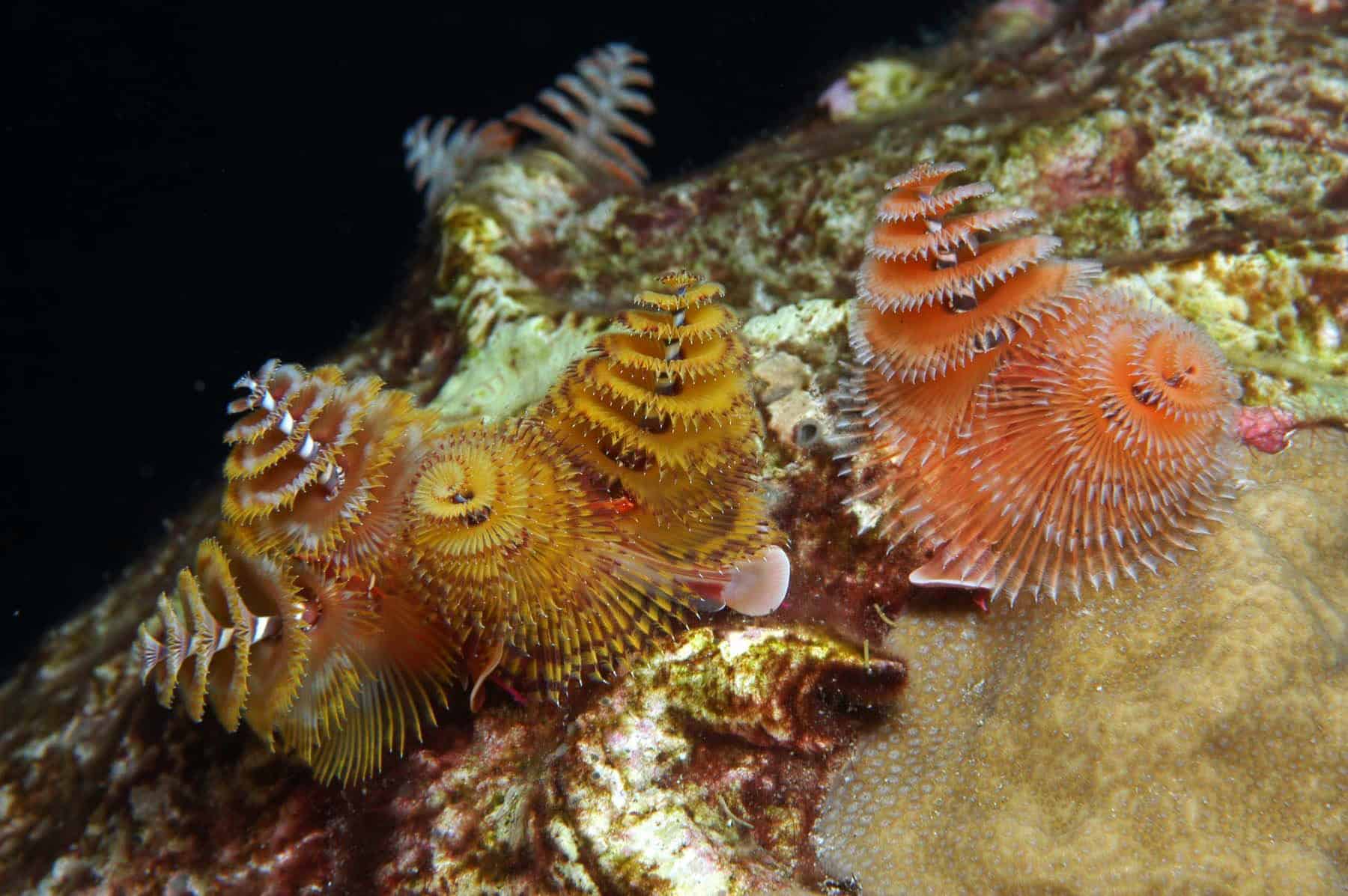
Named for its spindly, tree-shaped crowns, the Christmas Tree Worm is a small tube-building worm. These worms are found on coral reefs around the world and come in a variety of vibrant colors. Their colorful, spiral plumes are used for feeding and respiration, making them a beautiful addition to coral ecosystems. Their spiraled plumes, which are used for feeding and respiration, create a striking visual display. These worms are sessile, meaning they remain in one place, and their elaborate crowns make them a favorite among underwater photographers.
Vampire Squid
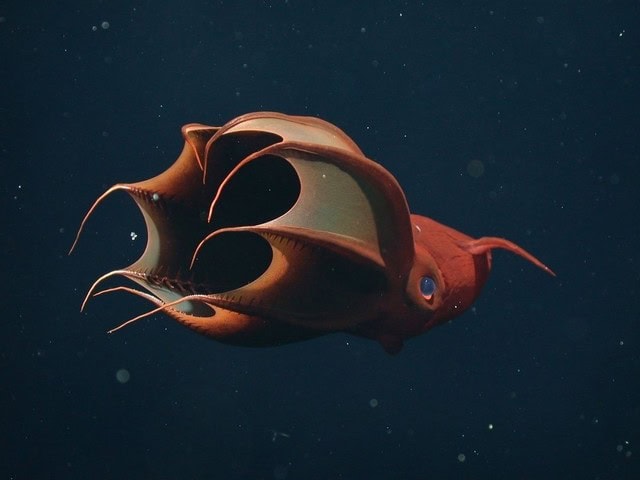
The Vampire Squid, despite its menacing name, is a harmless deep-sea creature. It lives in oxygen-minimum zones in the ocean, where few predators can survive. Its name comes from its dark coloration and cloak-like webbing that connects its arms. This squid doesn’t spray ink but releases a bioluminescent mucus to deter predators. Its unique adaptations to the deep-sea environment make it an intriguing subject for marine researchers.
Goblin Shark
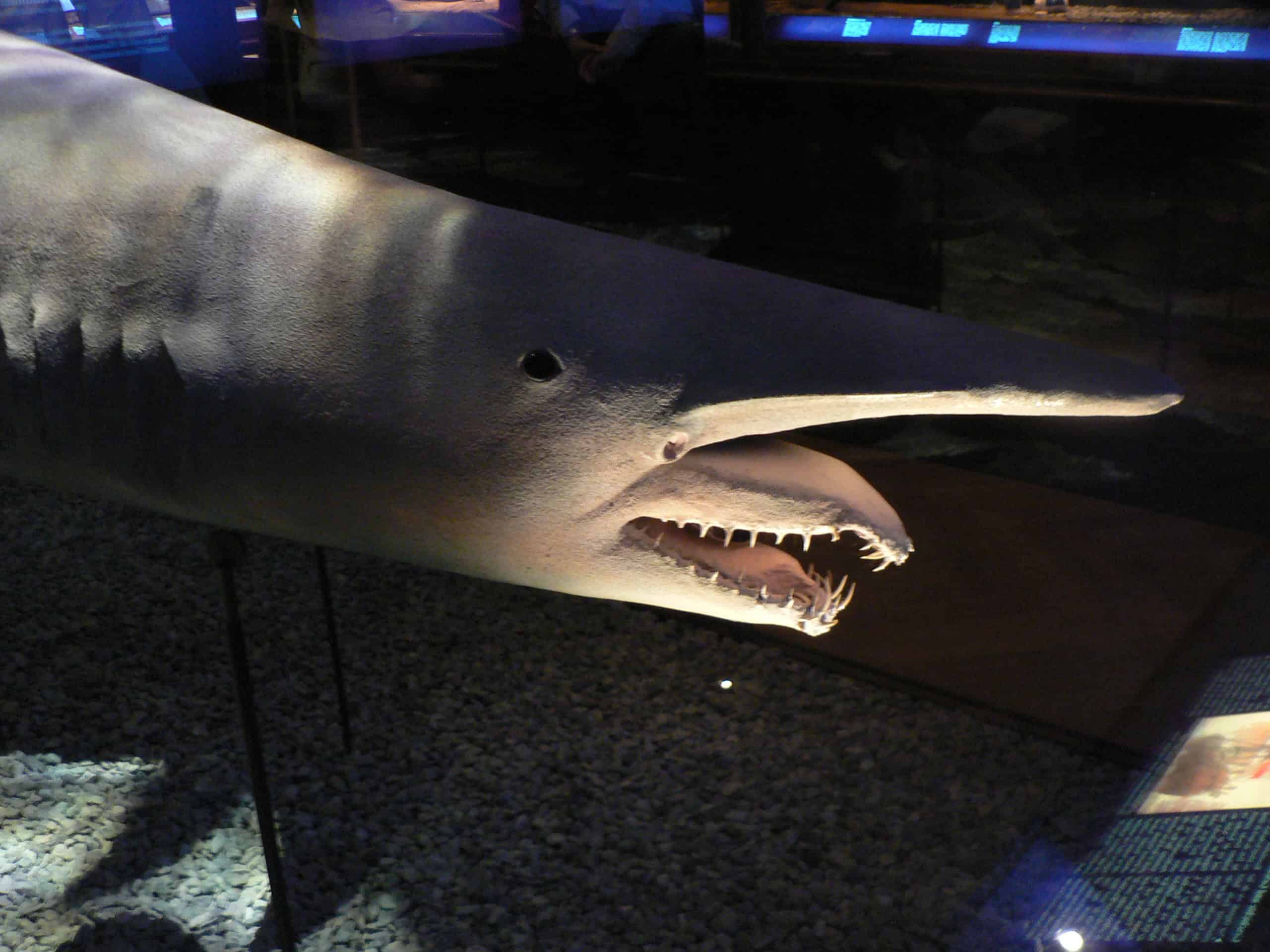
The Goblin Shark, known scientifically as Mitsukurina owstoni, has a distinct appearance. It features a protruding, flattened snout and extendable jaws lined with nail-like teeth. This shark’s pinkish-gray coloration adds to its eerie look.
Found in deep waters worldwide, it inhabits depths of up to 4,300 feet. Its lineage dates back around 125 million years, earning it the title of a “living fossil.” This deep-sea predator hunts using its unique jaw structure.
Sea Pen
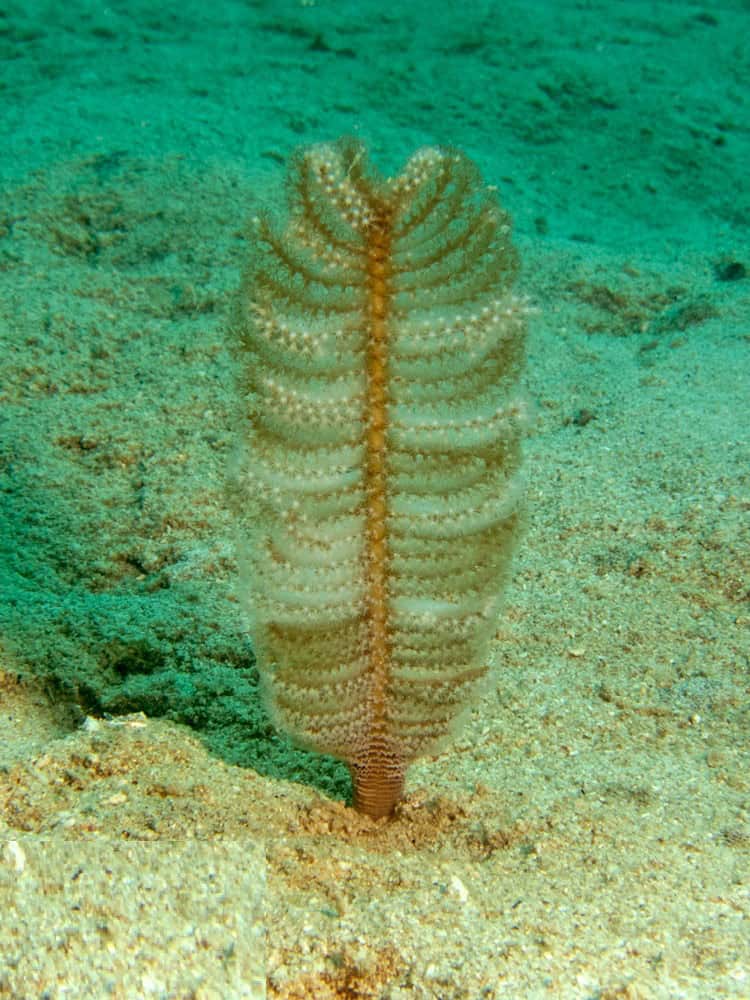
The Sea Pen, part of the order Pennatulacea, resembles a quill pen. Its feather-like structure comprises colonies of polyps working together. Each polyp has a specific function, from feeding to reproduction. Native to various ocean depths, Sea Pens anchor themselves in sandy or muddy substrates. They glow with bioluminescence when disturbed, adding to their mystical appearance. Their ability to contract and expand makes them fascinating.
Sarcastic Fringehead
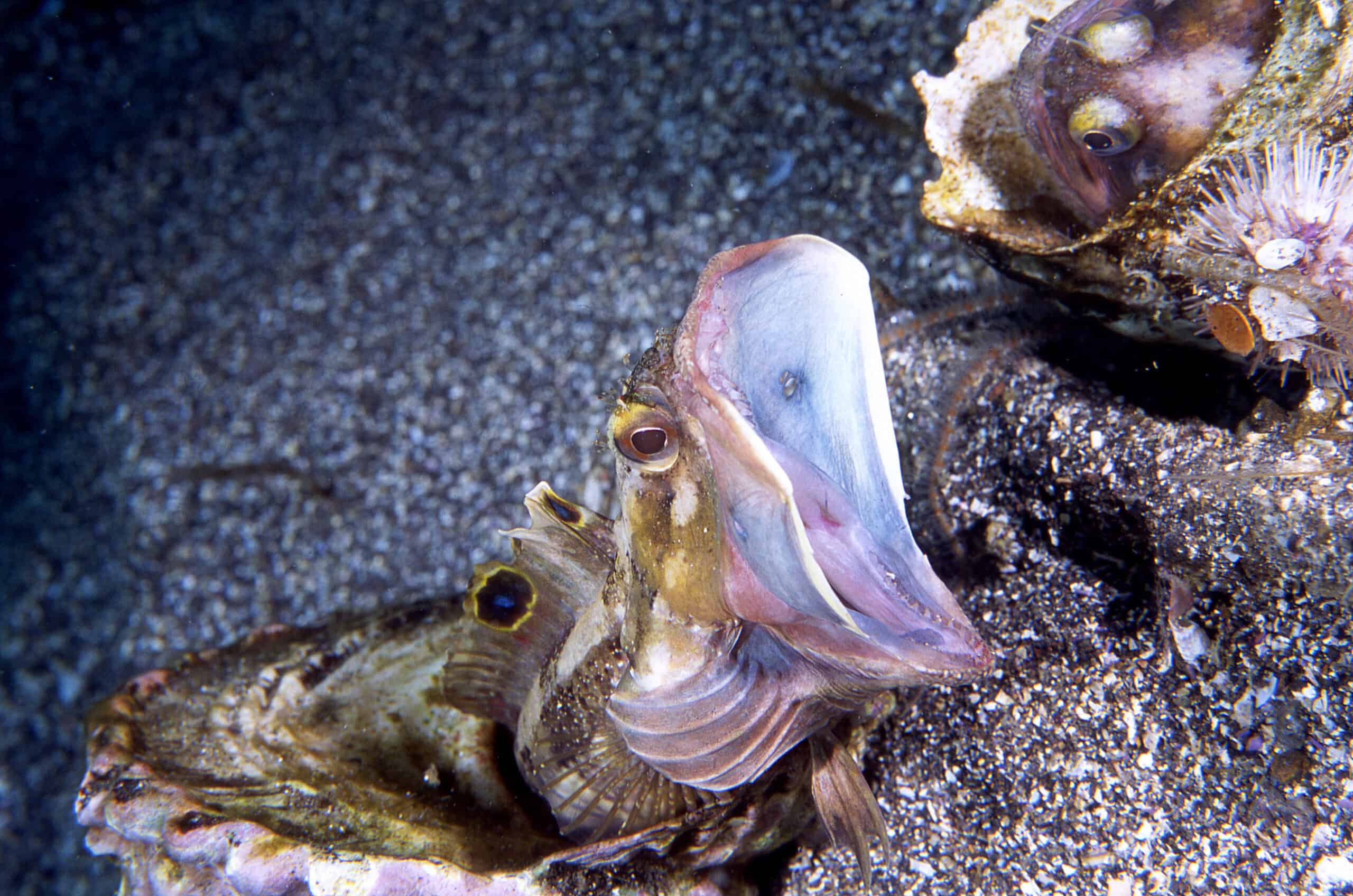
The Sarcastic Fringehead, Neoclinus blanchardi, is known for its aggressive behavior and large, colorful mouth. When threatened, it opens its mouth wide to intimidate rivals and predators. Its name reflects its seemingly sarcastic demeanor.
This fish resides off the coast of California, hiding in burrows and empty shells. It defends its territory fiercely, often engaging in mouth-to-mouth combat.
Pink See-Through Fantasia
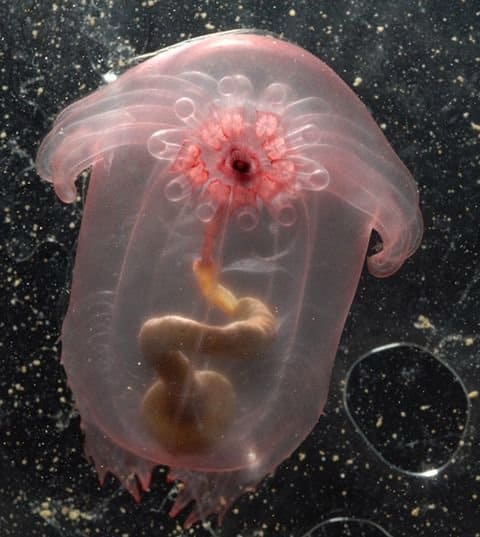
The Pink See-Through Fantasia, Enypniastes eximia, is a type of sea cucumber. It lives in deep ocean waters and is almost entirely transparent. This transparency allows a glimpse of its internal organs, creating a unique visual. Found at depths of up to 8,200 feet, it moves gracefully along the ocean floor. It emits bioluminescence to deter predators, lighting up the deep sea. Its ethereal glow and delicate appearance captivate scientists and enthusiasts alike.
Blobfish
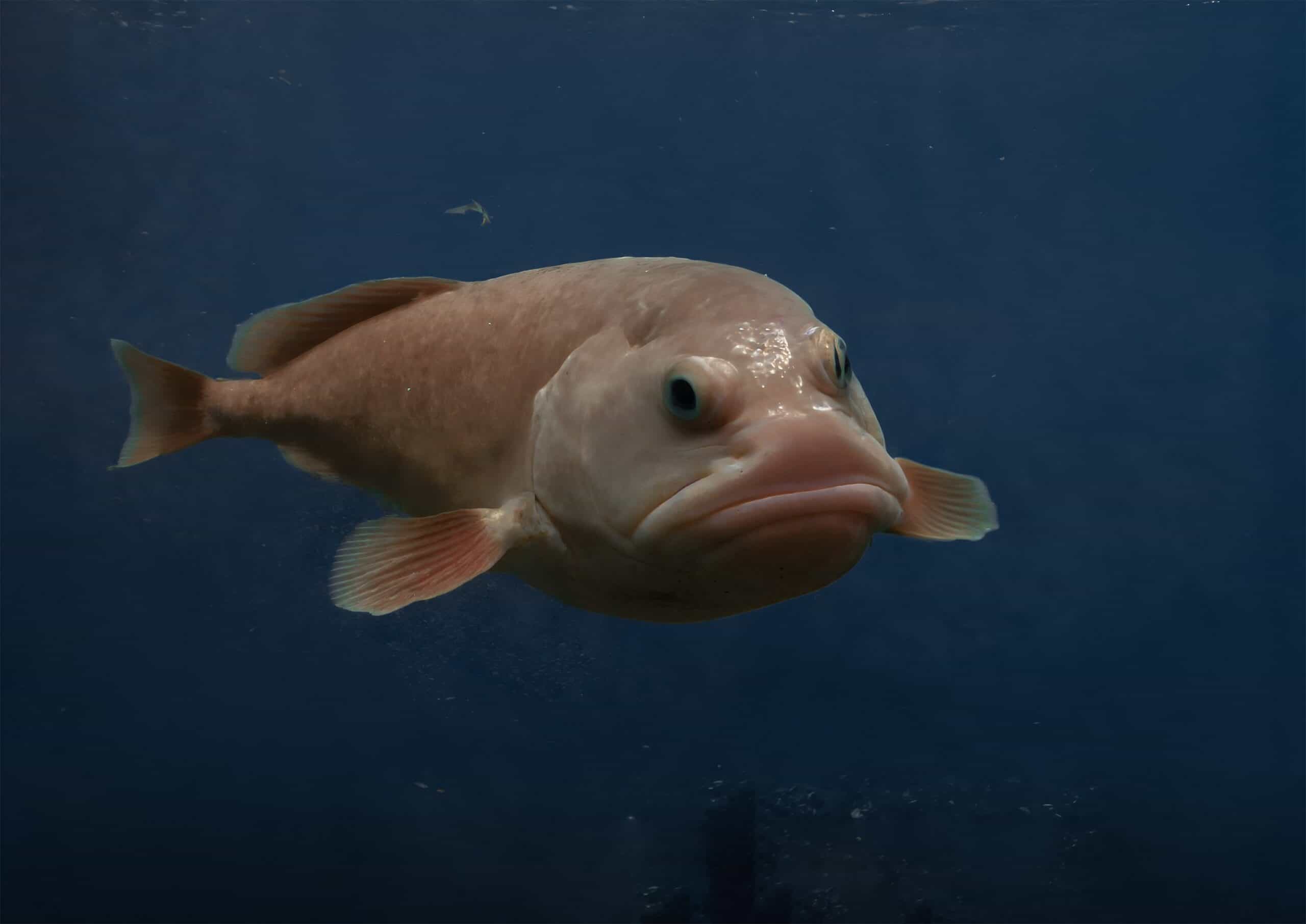
The Blobfish, Psychrolutes marcidus, is often dubbed the world’s ugliest fish. Out of water, it appears gelatinous and blob-like, but in its deep-sea habitat, it looks quite different. Its body is adapted to withstand high pressure at depths.
Native to the deep waters off Australia and New Zealand, the Blobfish floats just above the seafloor. It has no muscles, relying on its buoyant body to drift and consume edible matter. This unique adaptation helps it survive in extreme conditions.
Flamingo Tongue Snail
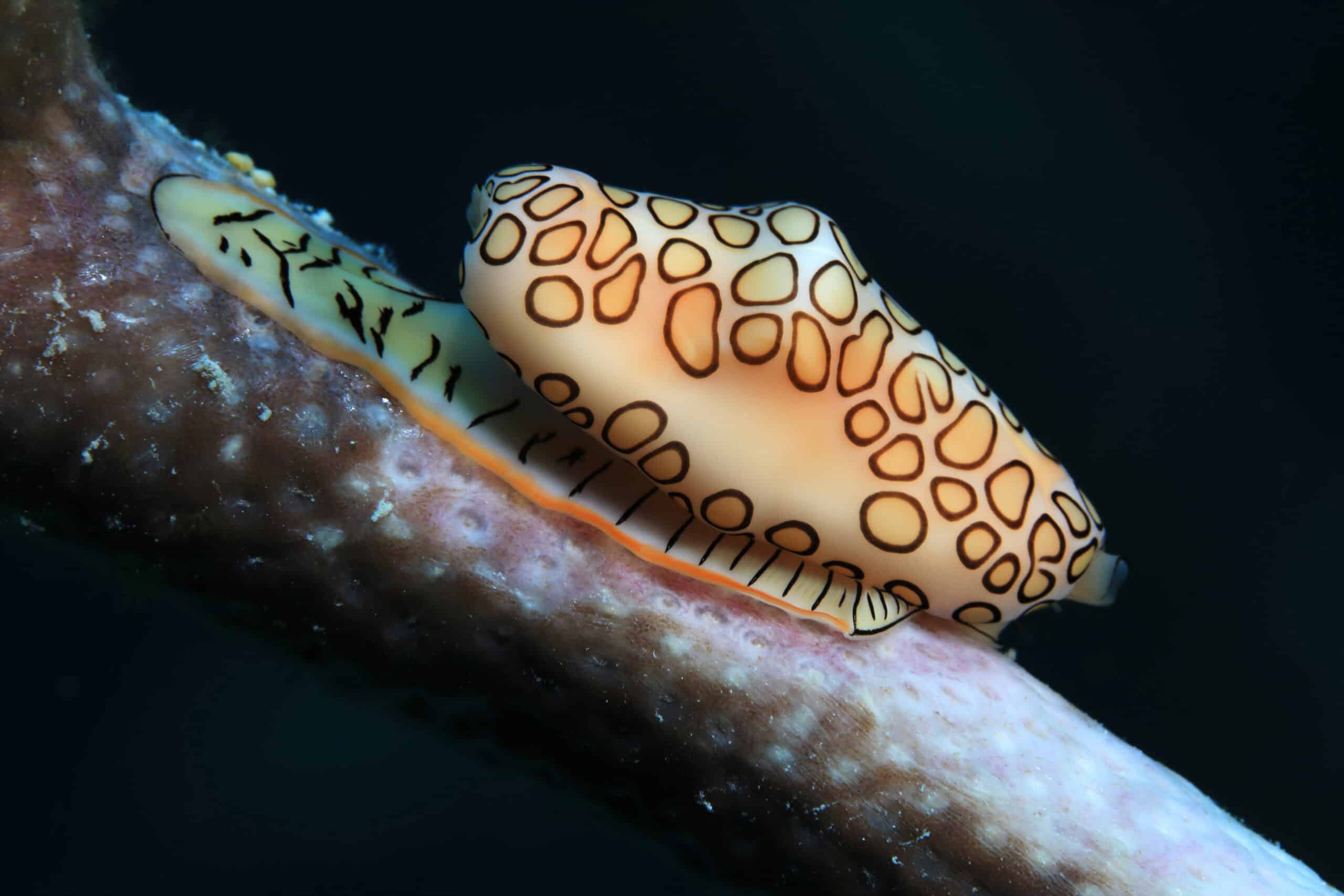
The Flamingo Tongue Snail, Cyphoma gibbosum, is a vibrant sea snail. Its colorful pattern is on its mantle, not its shell, and it can retract this mantle to reveal a plain white shell. Its bright colors warn predators of its toxicity. Found in the Caribbean, it feeds on soft corals. The snail’s striking appearance and unique feeding habits make it a fascinating study. It plays a role in the coral ecosystem, contributing to the reef’s health.
Red-Lipped Batfish
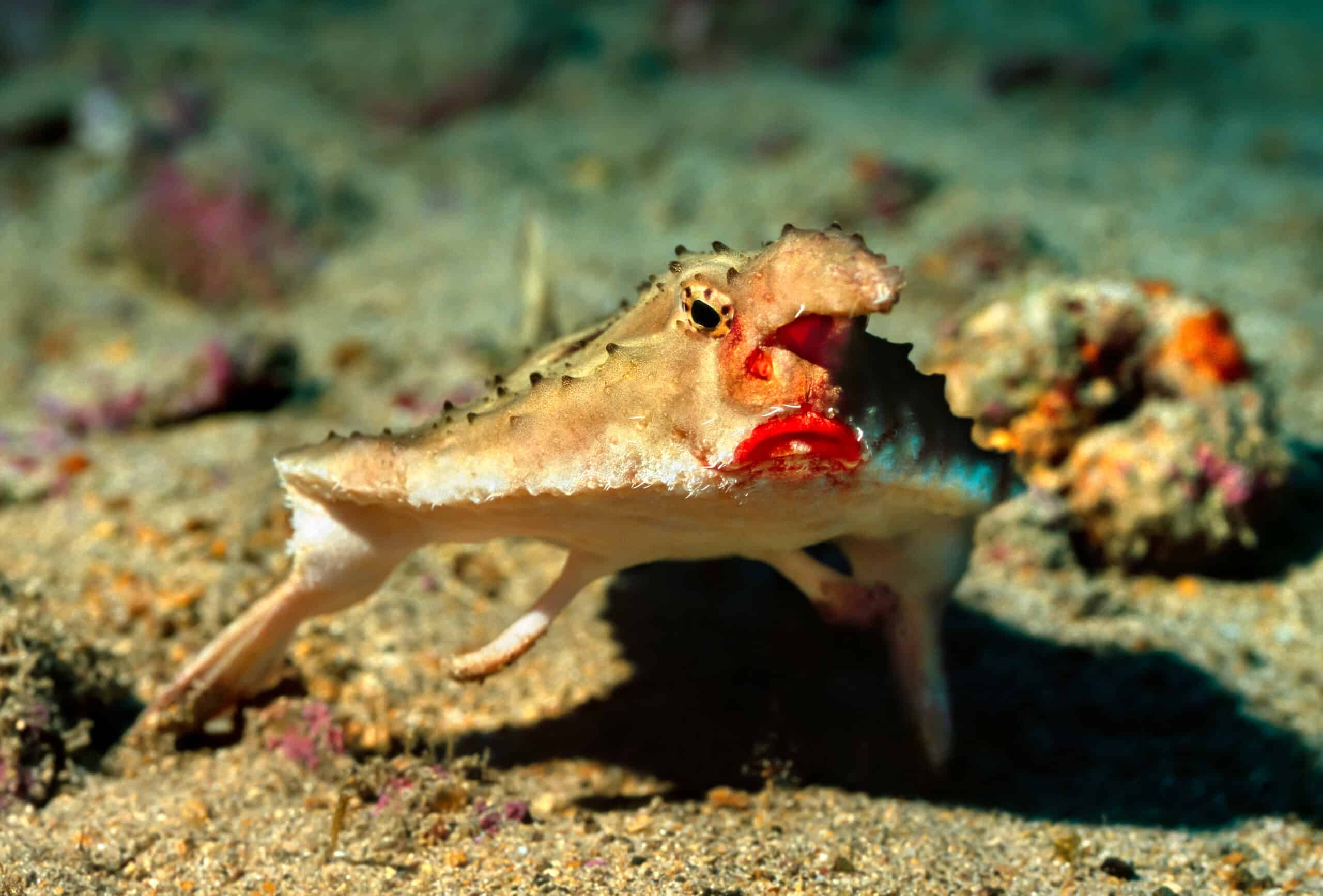
The Red-Lipped Batfish, Ogcocephalus darwini, is famous for its bright red lips. It uses its modified pectoral fins to “walk” along the seafloor. This unusual mode of locomotion sets it apart from other fish. Native to the waters around the Galápagos Islands, it lives at depths of up to 246 feet. It attracts prey with a lure on its head, similar to an anglerfish. Its unique appearance and behavior make it a marine oddity.
Blue Sea Dragon

The Glaucus atlanticus, also known as the Blue Dragon, is a striking sea slug. Its vibrant blue and silver coloration helps it blend with the ocean surface. It floats on the water’s surface by storing air in its stomach. Found in temperate and tropical waters, this creature preys on venomous siphonophores like the Portuguese Man o’ War. It stores their stinging cells in its own tissues for defense, making it not only beautiful but also formidable. This unique adaptation highlights its complex and fascinating biology, making it a favorite among marine enthusiasts and scientists alike.
Yeti Crab
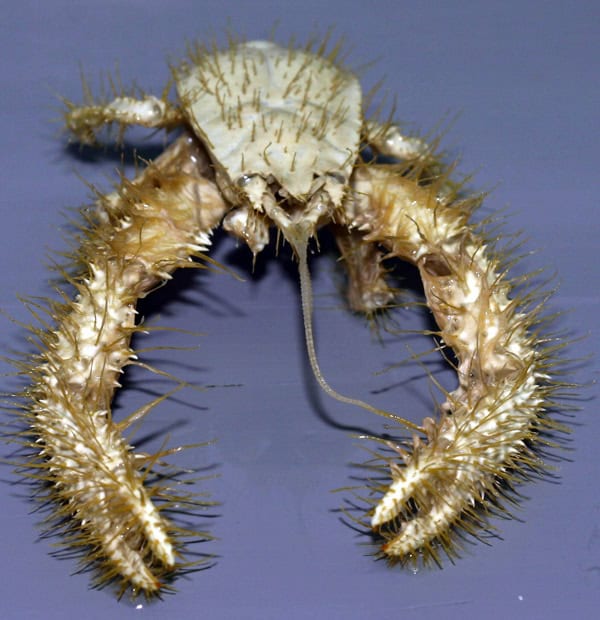
The Yeti Crab (Kiwa hirsuta) is a deep-sea crustacean that lives near hydrothermal vents in the South Pacific Ocean. Its hairy pincers, which resemble a Yeti’s fur, host symbiotic bacteria. These bacteria detoxify poisonous minerals emitted from the vents, showcasing a unique survival strategy in one of Earth’s most extreme environments. Discovered in 2005, this crab has adapted to thrive in extreme conditions where few others can survive. The Yeti Crab’s hairy claws and unusual habitat make it a subject of significant scientific interest.
Warty Frogfish
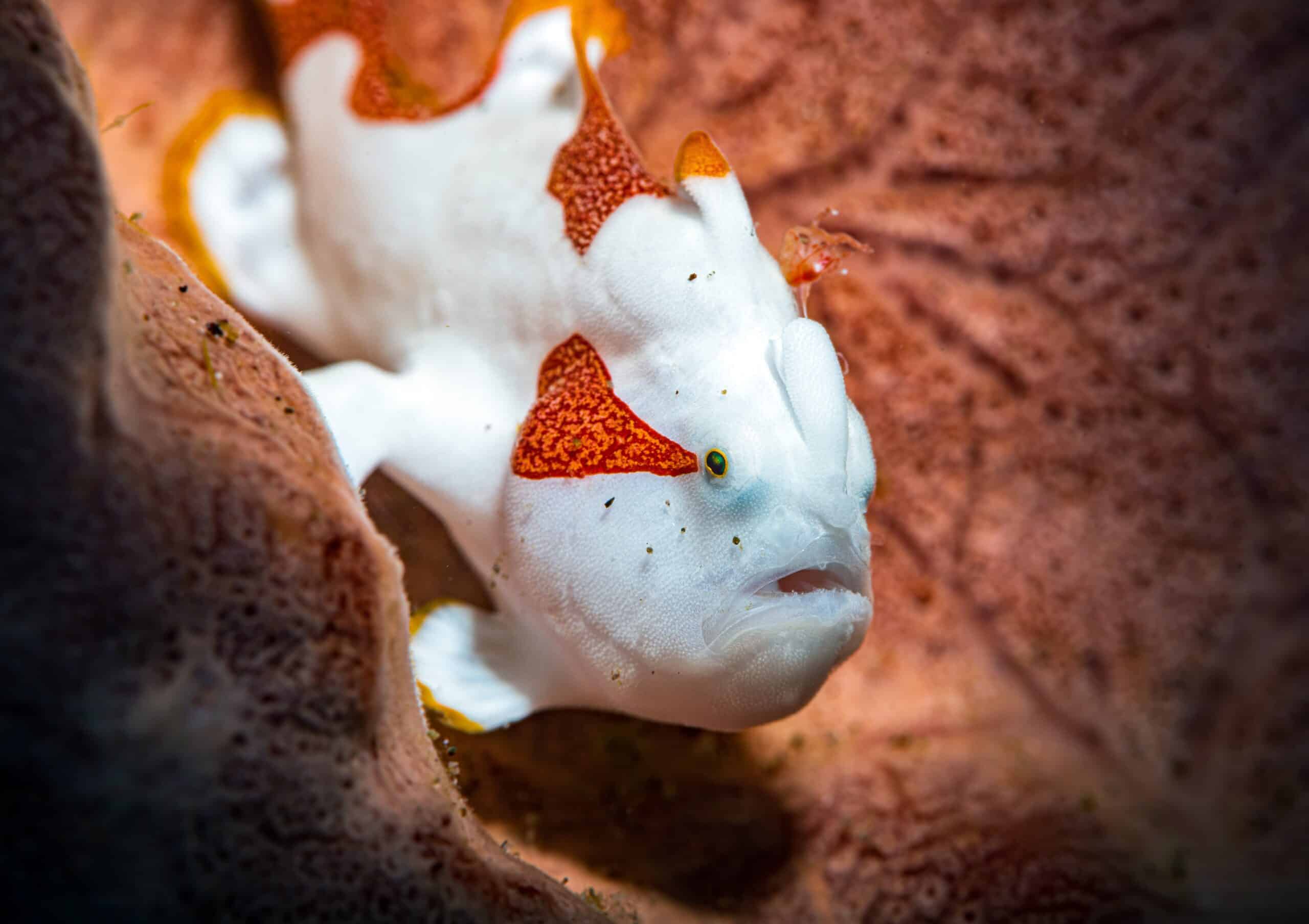
The Warty Frogfish (Antennarius maculatus) is a master of disguise, able to change its color and pattern to blend seamlessly with its surroundings. Found in tropical and subtropical waters, it uses a modified dorsal fin spine as a lure to attract prey close enough to ambush. Its ability to change color and its unique hunting technique make it a fascinating predator. This fish’s peculiar appearance and remarkable adaptation strategies highlight the incredible diversity of life in coral reefs.
Stargazer Fish

The Stargazer Fish (family Uranoscopidae) has eyes on top of its head, allowing it to bury itself in the sand and ambush prey from below. This fish also possesses electric organs, enabling it to deliver electric shocks to deter predators or stun prey. Found in coastal waters worldwide, it uses its upward-facing mouth to capture unsuspecting prey. The Stargazer’s unique hunting and defense methods, combined with its unusual appearance, make it one of the ocean’s most intriguing creatures.
Peacock Mantis Shrimp
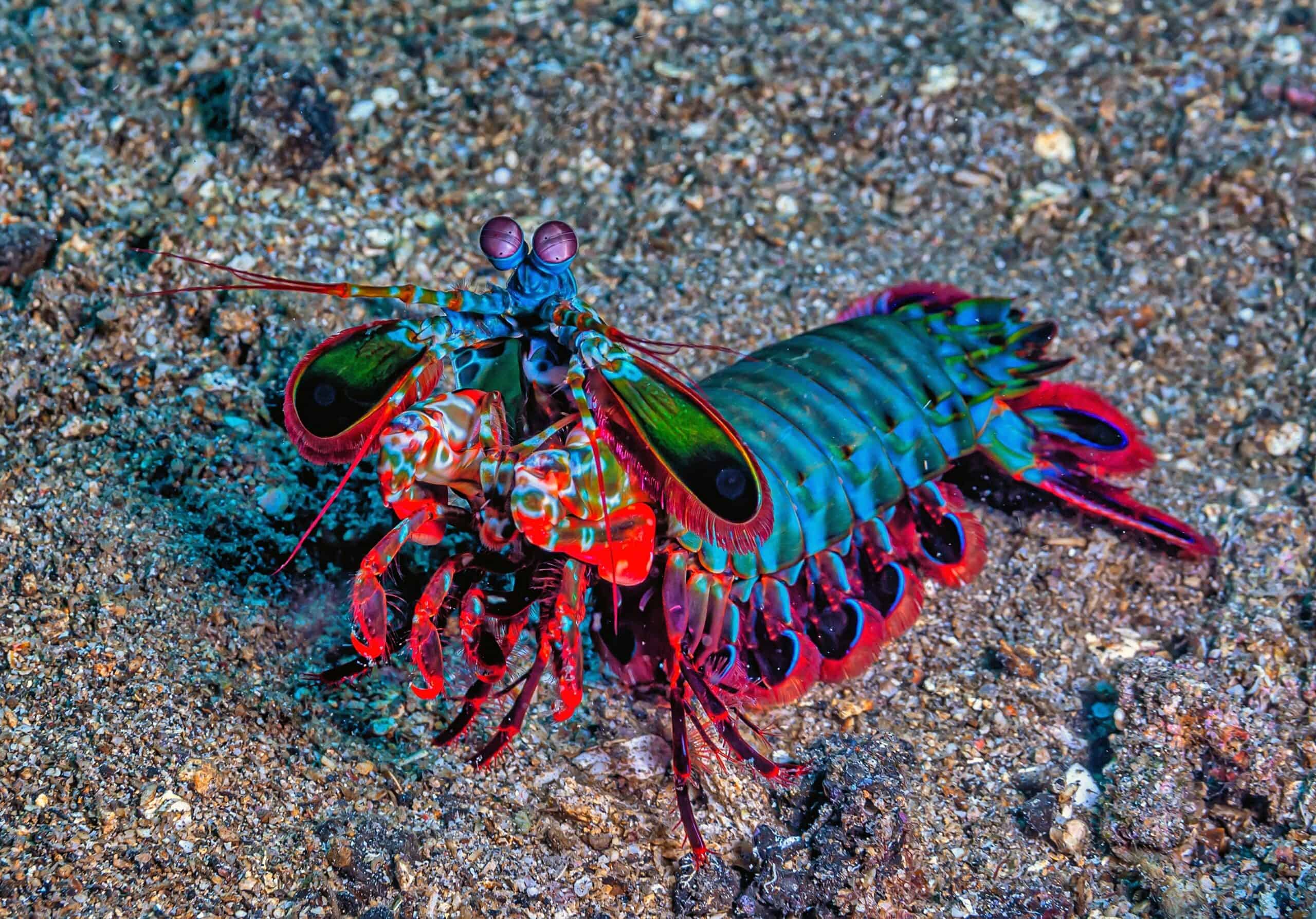
The Peacock Mantis Shrimp (Odontodactylus scyllarus) is known for its vibrant colors and incredibly powerful claws. These claws can strike with the speed of a bullet, capable of breaking glass or stunning prey with a single blow. It possesses one of the most complex visual systems in the animal kingdom, allowing it to see polarized light and detect cancer cells. Native to the Indo-Pacific region, its physical and visual adaptations make it a remarkable marine creature.
Sea Pig
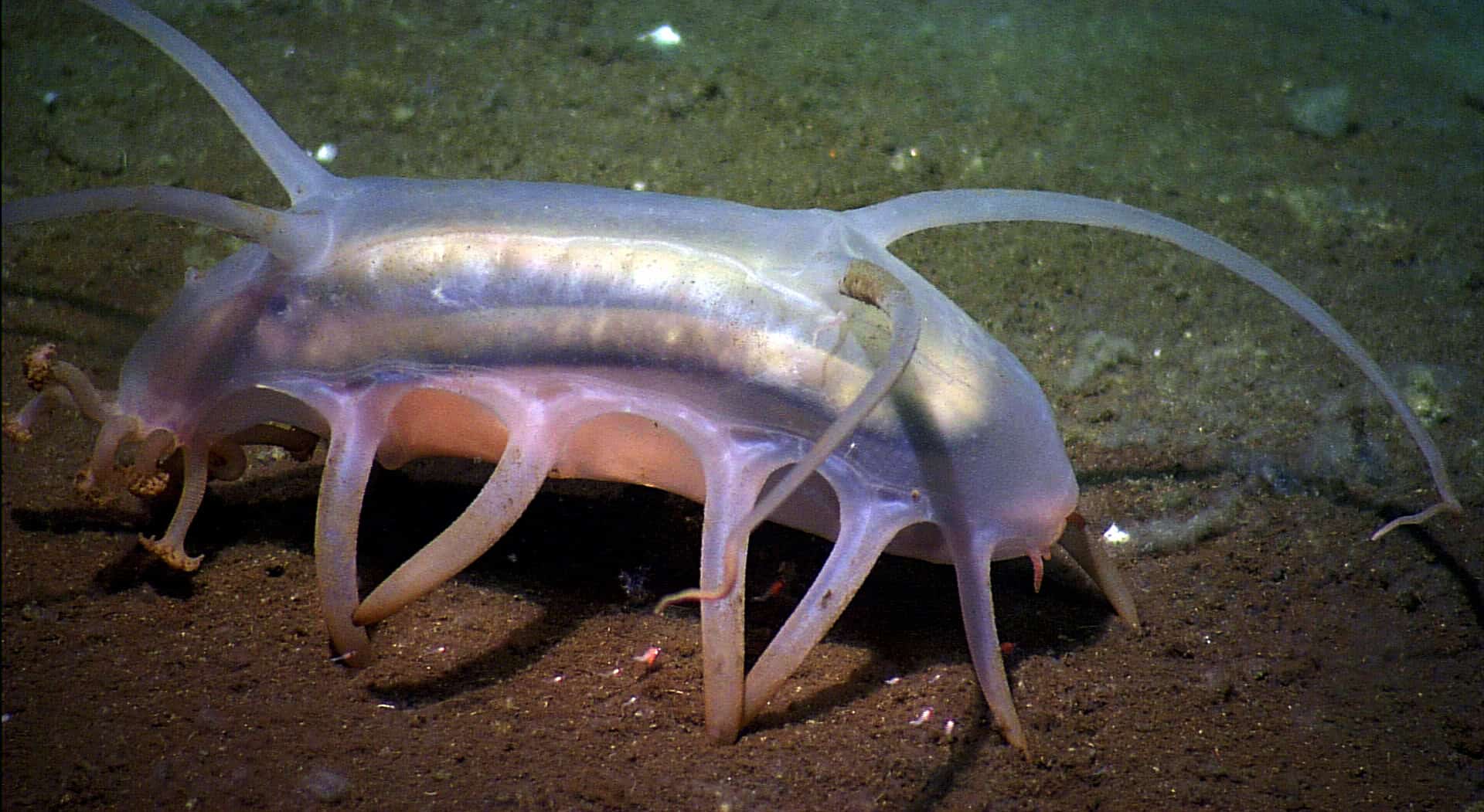
The Sea Pig (Scotoplanes globosa) lives on the deep ocean floor, where it uses its tube-like legs to walk along the seabed. Its plump, pinkish body gives it an appearance reminiscent of a pig, and it feeds by sifting through sediment for organic material. Found in all the world’s oceans, this creature is a vital part of the deep-sea ecosystem. Its scavenging behavior helps recycle nutrients back into the environment.
This article originally appeared on Rarest.org.
13 Horse Coat Colors from Least to Most Rare
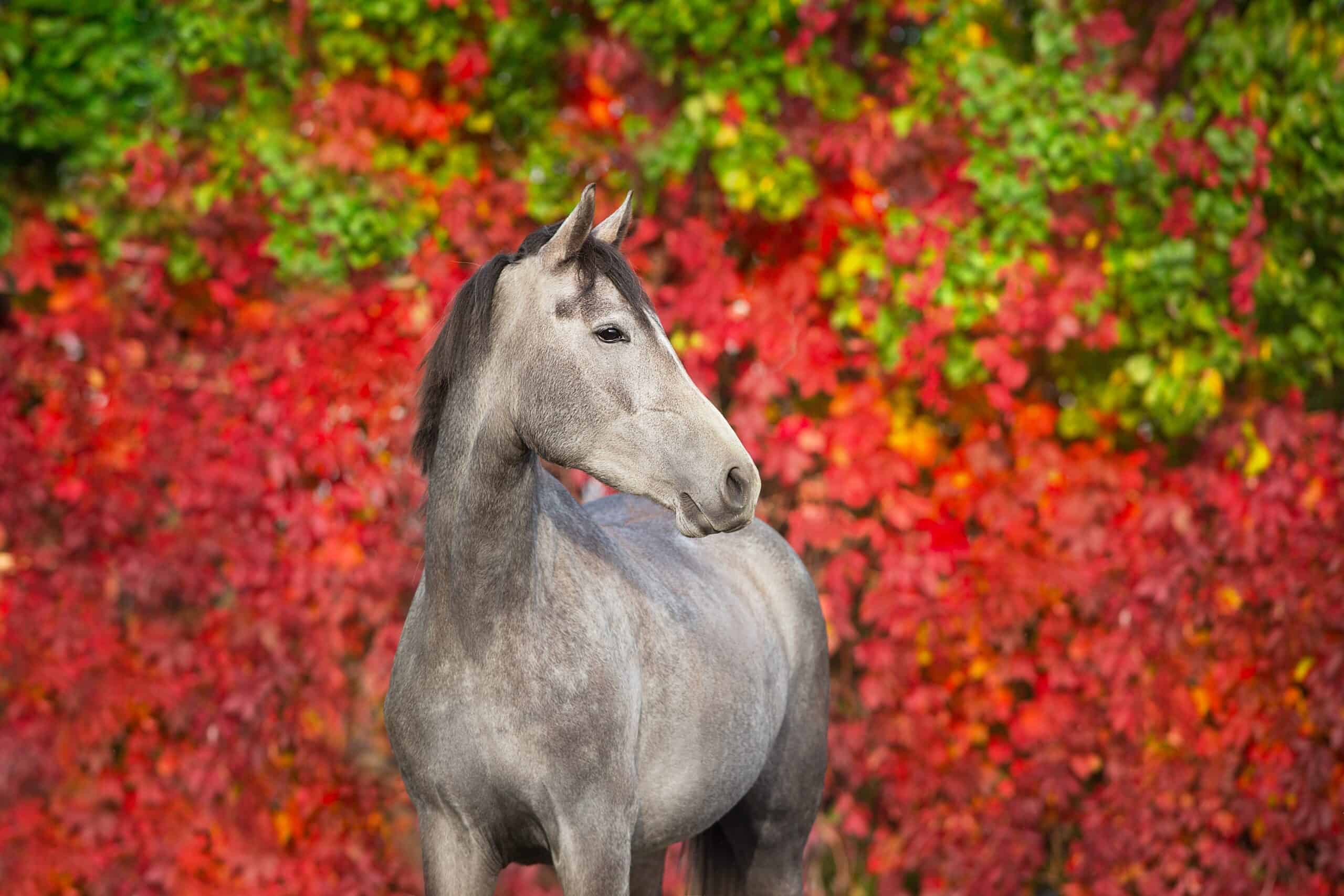
Horse coat colors vary widely. This guide explores these beautiful coat colors in detail, ranking them from least to most rare. Read More.
1945 Mercury Dime Value Guide

Many coin collectors consider the 1945 dime the most beautiful dime ever struck in the history of the United States. You can also say that it is one of the most attractive coins. Read More.
9 Most Elusive Big Cat Species
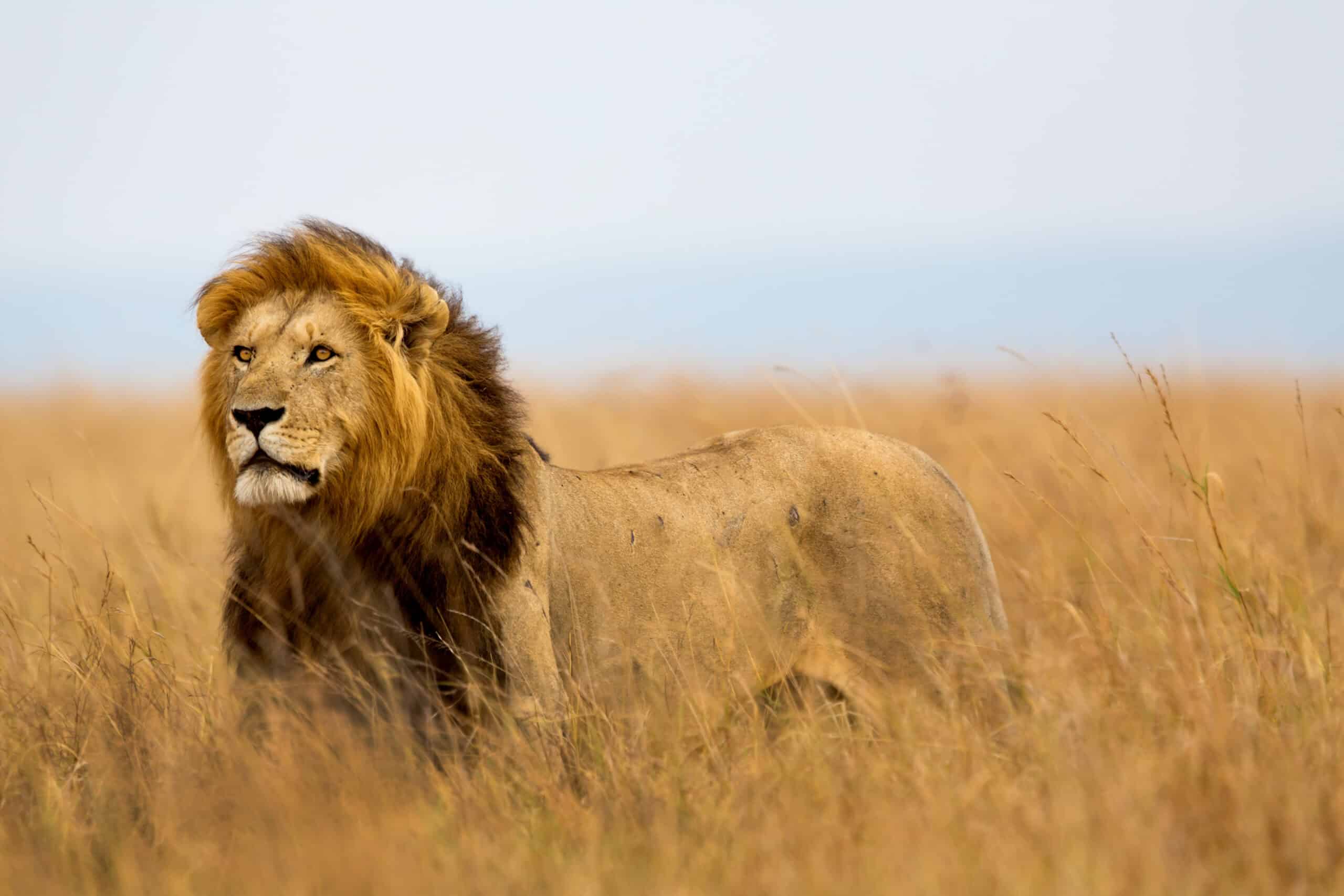
Big cats are majestic creatures. Some are incredibly elusive, rarely seen by humans. This article explores the most elusive big cat species. Read More.
